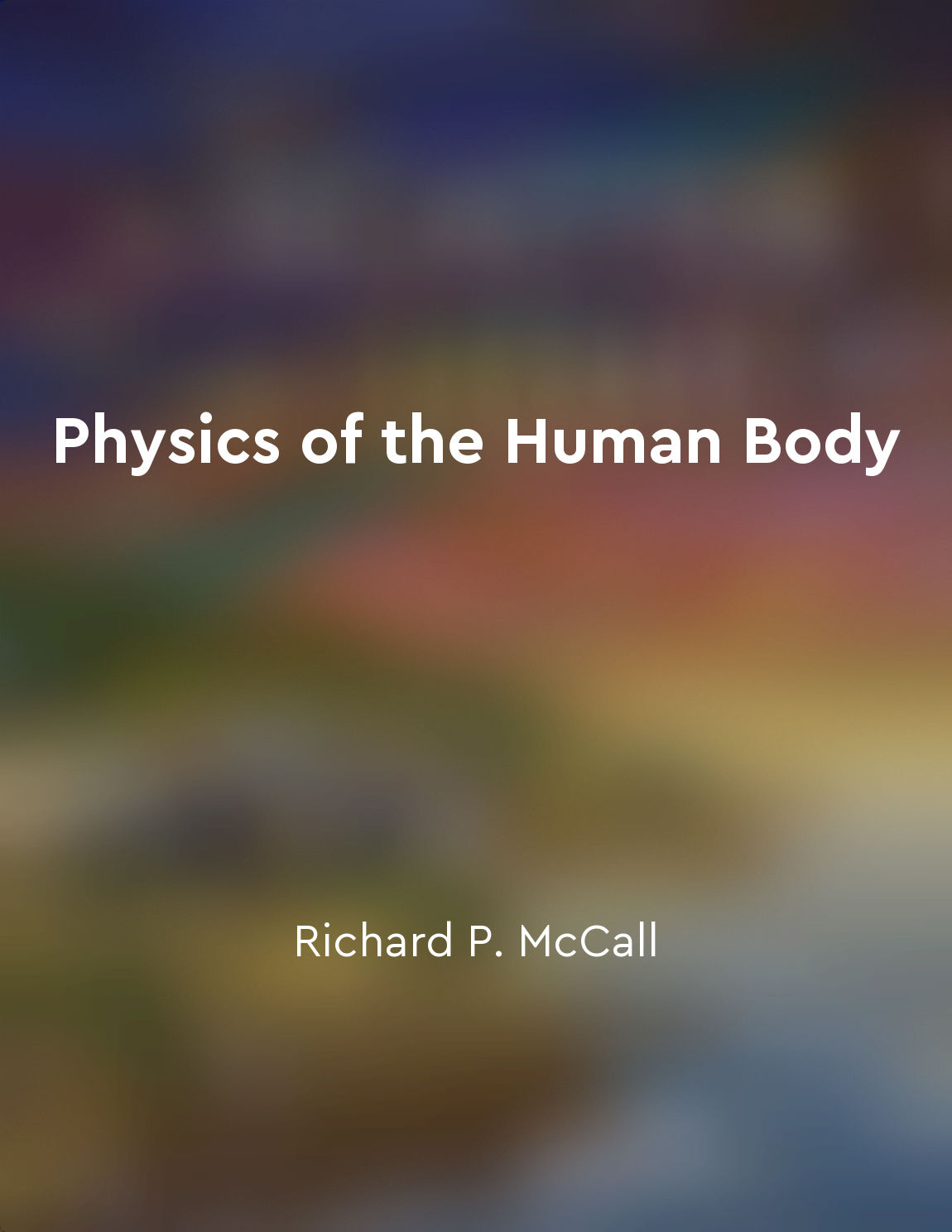Bones of lower limbs from "summary" of Bd Chaurasia's Human Anatomy, Volume 1 by B. D. Chaurasia
The lower limbs of the human body are comprised of several bones that provide structure, support, and mobility. These bones work together to allow for various movements such as walking, running, and jumping. The bones of the lower limbs include the femur, patella, tibia, fibula, tarsal bones, metatarsal bones, and phalanges. The femur, also known as the thigh bone, is the longest and strongest bone in the human body. It connects the hip bone to the knee joint and plays a crucial role in weight-bearing and movement. The patella, or kneecap, is a small triangular bone located in front of the knee joint. It protects the knee joint and provides leverage for the thigh muscles. The tibia, commonly referred to as the shinbone, is located on the medial side of the lower leg. It is larger and stronger than the fibula and bears most of the body's weight. The fibula, located on the lateral side of the lower leg, is the smaller of the two lower leg bones. It provides support for the tibia and helps stabilize the ankle joint. The tarsal bones are a group of seven bones that make up the ankle and hindfoot. They provide a stable base for the body and allow for movements such as inversion and eversion of the foot. The metatarsal bones are five long bones that make up the midfoot and connect the tarsal bones to the phalanges. They help distribute weight and provide leverage for walking and running.- With two in the big toe and three in each of the other toes. These bones help with balance, stability, and propulsion during activities such as walking and running. Overall, the bones of the lower limbs work together to support the body, provide mobility, and allow for various movements essential for daily activities.
Similar Posts
Cognition involves mental processes like memory and problemsolving
Cognition encompasses a wide range of mental processes that allow us to understand and interact with the world around us. One k...
Practicing good posture can improve selfconfidence and perception by others
Having good posture is a crucial element in how you present yourself to the world. It not only affects how you feel about yours...

Blood supply of abdomen
The abdominal aorta supplies blood to the abdomen. It arises from the aortic opening of the diaphragm at the level of the lower...

Nervous system signals travel through electric impulses
The nervous system is a complex network of cells that transmits signals throughout the body. These signals are essential for co...

Skin covers and protects the lower limb
The skin, an essential organ of the body, plays a crucial role in covering and protecting the lower limb. It serves as the oute...

